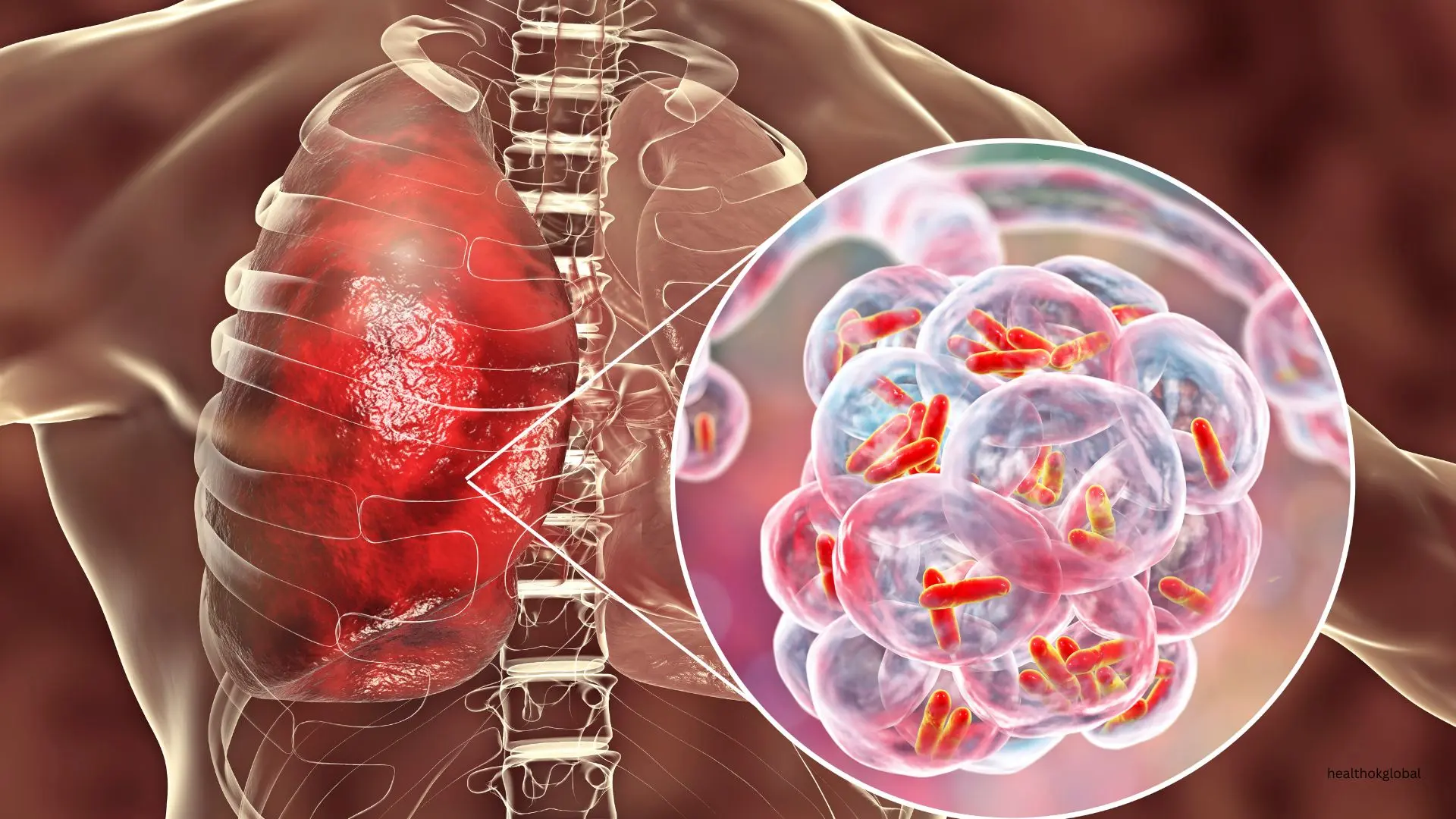A paralysis attack can have a profound impact on an individual's mobility and quality of life, necessitating a comprehensive nursing care plan.

Blog
Nursing Care Plan for Paralysis Attack: Strategies and Interventions
A paralysis attack can have a profound impact on an individual's mobility and quality of life, necessitating a comprehensive nursing care plan. Paralysis can result from various causes, including stroke, spinal cord injury, multiple sclerosis, and other neurological conditions. This article outlines the key components of a nursing care plan for a paralysis attack, focusing on assessment, intervention, and patient education to ensure holistic care and support.
Paralysis is the loss of muscle function in part of the body. It can be complete or partial, temporary or permanent, and can affect one or both sides of the body. The primary causes of paralysis include stroke, traumatic brain injury, spinal cord injury, multiple sclerosis, and certain infections. Symptoms of paralysis can vary depending on the cause and extent of the nerve damage, but may include loss of sensation, muscle weakness, and inability to move the affected body part.
Developing a comprehensive nursing care plan for a paralysis attack involves several key components, including assessment, diagnosis, planning, implementation, and evaluation. Here are the essential elements to consider:
A thorough assessment is the first step in managing paralysis. This includes evaluating the extent of paralysis, assessing the patient's overall health, and identifying any underlying conditions. Nurses should perform a detailed physical examination, review the patient's medical history, and conduct necessary diagnostic tests.
Based on the assessment, nurses can identify potential nursing diagnoses related to paralysis. Common nursing diagnoses for paralysis include impaired physical mobility, risk for impaired skin integrity, and self-care deficit.
After identifying the nursing diagnoses, the next step is to develop a care plan with specific goals and interventions. Goals should be realistic, measurable, and patient-centered. Examples of goals include improving mobility, preventing complications, and promoting independence in activities of daily living (ADLs).
The implementation phase involves putting the care plan into action. Interventions may include physical therapy, occupational therapy, medication administration, and providing assistive devices. Nurses should also focus on preventing complications such as pressure ulcers, contractures, and respiratory infections.
Evaluation is a critical component of the nursing care plan. Nurses should continuously assess the patient's response to interventions and adjust the care plan as needed. Evaluating the effectiveness of the care plan involves monitoring progress towards goals, assessing symptom relief, and ensuring the patient meets their mobility and self-care goals.
Effective nursing interventions are crucial for managing paralysis and ensuring patient comfort. Some key interventions include:
Work with physical therapists to develop a tailored exercise program that helps improve strength, flexibility, and range of motion. Regular physical therapy sessions can prevent muscle atrophy and enhance mobility.
Occupational therapy focuses on improving the patient's ability to perform daily activities. Therapists can provide adaptive equipment and techniques to enhance independence in tasks such as bathing, dressing, and eating.
Preventing pressure ulcers is essential for patients with paralysis. Nurses should regularly reposition the patient, use pressure-relieving devices, and inspect the skin for signs of breakdown.
For patients with paralysis affecting the chest muscles, respiratory care is crucial. Interventions include deep breathing exercises, incentive spirometry, and chest physiotherapy to prevent respiratory infections.
Ensure the patient receives adequate nutrition and hydration. This may involve working with a dietitian to develop a balanced diet plan and assisting the patient with feeding if necessary.
Administer medications as prescribed to manage pain, muscle spasms, and other symptoms. Nurses should also monitor for side effects and adjust medications as needed.
Educating the patient and their family about paralysis management is an essential part of the nursing care plan. Key points to cover include:
Explain the causes and implications of paralysis, emphasizing the importance of adhering to the care plan and participating in rehabilitation activities.
Provide detailed instructions on home care, including techniques for safe transfers, skin care, and use of assistive devices. Encourage family members to participate in caregiving and attend therapy sessions.
Discuss necessary lifestyle modifications, such as diet changes, exercise routines, and smoking cessation, to support overall health and recovery.
Offer emotional support and counseling to help the patient and their family cope with the challenges of paralysis. Encourage participation in support groups and connect them with mental health professionals if needed.
Developing a comprehensive nursing care plan for a paralysis attack involves thorough assessment, appropriate interventions, and continuous evaluation. By understanding the causes and symptoms of paralysis, implementing evidence-based interventions, and educating patients and their families, nurses can effectively manage paralysis and improve patient outcomes. Comprehensive paralysis management not only addresses the physical symptoms but also supports the overall well-being and quality of life of the patient.
Paralysis is the loss of muscle function in part of the body. It can be complete or partial, temporary or permanent, and can affect one or both sides of the body. The primary causes of paralysis include stroke, traumatic brain injury, spinal cord injury, multiple sclerosis, and certain infections. Symptoms of paralysis can vary depending on the cause and extent of the nerve damage, but may include loss of sensation, muscle weakness, and inability to move the affected body part.
Developing a comprehensive nursing care plan for a paralysis attack involves several key components, including assessment, diagnosis, planning, implementation, and evaluation. Here are the essential elements to consider:
Developing a comprehensive nursing care plan for a paralysis attack involves thorough assessment, appropriate interventions, and continuous evaluation. By understanding the causes and symptoms of paralysis, implementing evidence-based interventions, and educating patients and their families, nurses can effectively manage paralysis and improve patient outcomes. Comprehensive paralysis management not only addresses the physical symptoms but also supports the overall well-being and quality of life of the patient.
Need Personalized Health Guidance?
Get expert advice tailored to your specific health needs from our qualified healthcare professionals.





